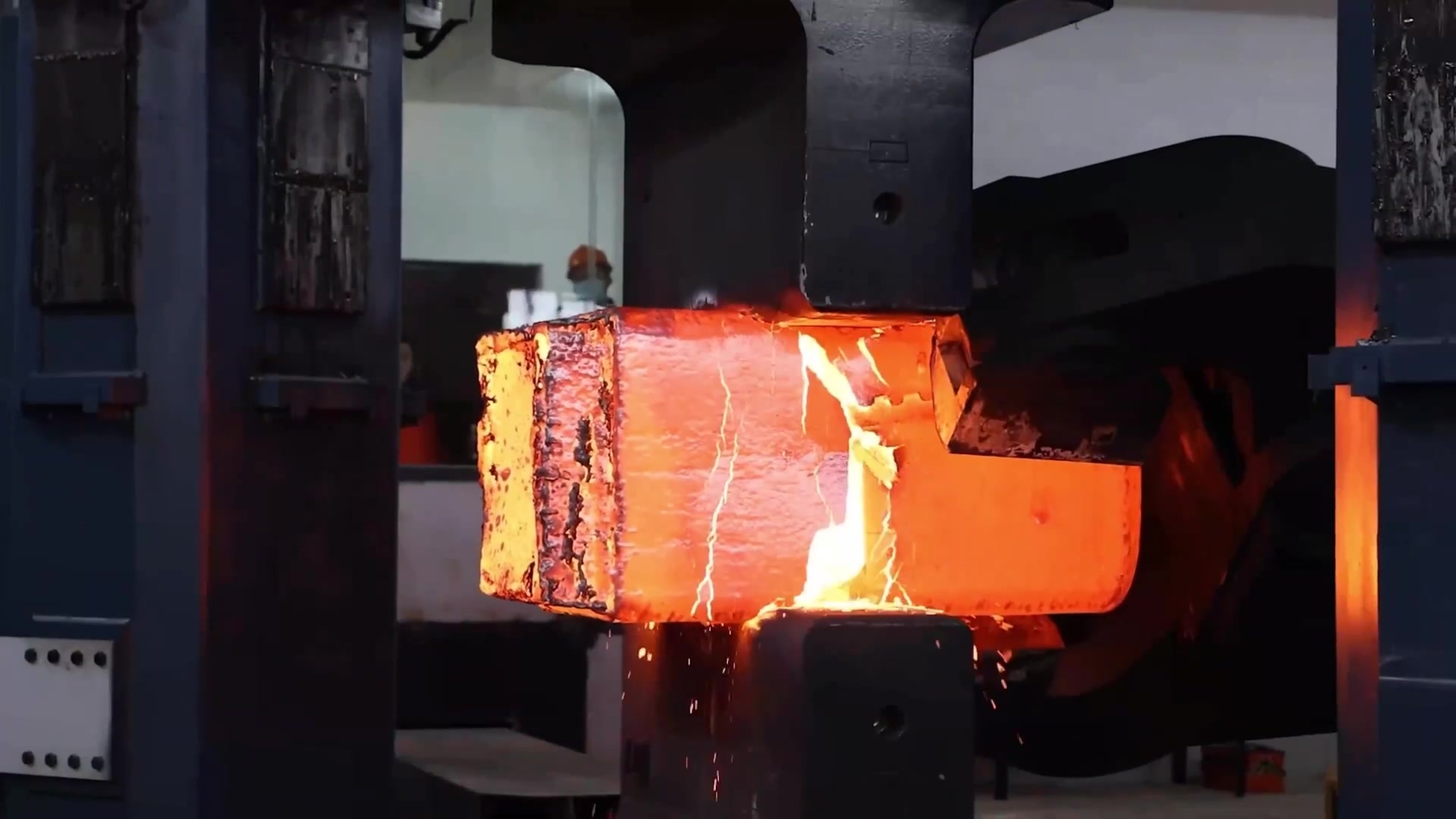03
2025
-
04
Working principle of carbon steel flanges
Carbon steel flanges are connecting devices widely used in piping systems and other industrial fields. Their working principle is based on mechanical connection and sealing principles, ensuring efficient and safe system operation.
Working Principle and Importance of Carbon Steel Flanges
Carbon steel flanges are connecting devices widely used in piping systems and other industrial fields. Their working principle is based on mechanical connection and sealing principles, ensuring efficient and safe system operation.
I. Basic Working Principle of Carbon Steel Flanges
Carbon steel flanges mainly consist of bolts, flanges, and gaskets. When two pipes or devices need to be connected, the carbon steel flanges are connected by bolts, and the gasket is used for sealing. Its working principle can be divided into the following steps:
1. Connection: The two flanges are tightly connected together by bolts.
2. Sealing: A gasket is placed between the flanges to ensure the sealing of the connection and prevent media leakage.
3. Withstanding Pressure: The flange and bolts together withstand the pressure in the pipe or equipment, ensuring the safety and stability of the connection.
II. Application Characteristics of Carbon Steel Flanges
Carbon steel flanges are widely used in various industrial fields such as petroleum, chemical industry, and power generation due to their unique advantages. Its advantages include:
1. Suitable for various media: It can connect various media, such as gases, liquids, and solid particles.
2. Withstand high pressure: It can withstand high pressure, ensuring stable system operation.
3. Easy to maintain: Disassembly and installation are convenient, facilitating later maintenance and repair.
III. Importance of Carbon Steel Flanges
Carbon steel flanges play a vital role in piping systems and industrial fields. Their importance is reflected in the following aspects:
1. Ensure system safety: Through stable connection and sealing, ensure safe system operation and prevent accidents.
2. Improve efficiency: Ensure smooth flow of media, improving system operating efficiency.
3. Extend service life: High-quality carbon steel flanges can extend the service life of pipes and equipment.
IV. Conclusion
In summary, carbon steel flanges achieve stable connections between pipes and equipment through mechanical connection and sealing principles. Their unique advantages and importance have led to their widespread use in the industrial field. Understanding the working principles and characteristics of carbon steel flanges helps us better apply and maintain related equipment, ensuring safe and stable system operation.
Jinbo Forging Dingxiang Flange
Previous
Next
Previous
Next
Related information
2025-04-03
Introduction to flange pipe plate, come and collect it!
Flange plates, as important connecting pieces, are widely used in various piping systems.
2025-04-03
Manufacturing process of spindle forging
Spindle forgings are one of the key components in mechanical equipment, and their manufacturing process requires strict procedures to ensure quality.
2025-04-03
Types and Applications of Flanges
A flange is a connecting device widely used in the connection of various pipes, containers, valves, and other equipment.
2025-04-03
Working principle of carbon steel flanges
Carbon steel flanges are connecting devices widely used in piping systems and other industrial fields. Their working principle is based on mechanical connection and sealing principles, ensuring efficient and safe system operation.
2025-04-03
What improvements should be made in the production process of forgings?
The production process of forgings is a complex process involving multiple stages. To ensure product quality and production efficiency, a series of improvements are necessary.
2025-04-03
What is the cold bending process flow?
Cold bending is a metal sheet bending process widely used in construction, machinery, transportation and other fields.



